
The kisses in Lips Touch, Three Times are not the absent-minded pecks on the cheek, expressions of friendship kinds of kisses. The kisses in these stories are sometimes shy, but also passionate, desperate, and full of longing and expectation. They celebrate life, and they herald death. They are not for the weak of spirit.
Lips Touch, Three Times is written and illustrated by the husband and wife team, Laini Taylor and Jim Di Bartolo. Each of the three stories creates a rich fantasy world that pulls you in so completely you may have difficulty re-entering reality when you put it down.
The stories build in length and complexity. The first, “Goblin Fruit,” is a short piece about Kizzy, a girl who so longs to be kissed, she becomes prey for the goblins. Can the spirit of her grandmother and stories of girls lost before her save Kizzy from the goblin’s kiss?
“Spicy Little Curses Such as These” takes the reader to India, where Estella, an Englishwoman, enters the realm of the dead every day to bargain with a demon for the souls of dead children. The deals she strikes promises an exchange of one soul of a corrupted adult for each child’s soul returned to the land of the living. When an earthquake claims the lives of many children, Estella is able to strike a deal that brings them all back. The price she must pay is to put a curse on a newborn baby girl named Anamique, a curse that will keep her silent or condemn those around her to death. When Anamique grows up, the love of a soldier tests her ability to maintain her silence and protect the life of her love as well as that of her family.
“Hatchling” is the most elaborate and inventive tale of all, creating a world of immortals, the Druj, who long for something they can almost remember having in their now forgotten past. To while away their time they keep girls as pets, casting them off when they grow to be women. Esme and her mother Mab have escaped from Mab’s cage and lived in hiding for fourteen years when Esme’s brown eye turns blue and their entire world turns upside down. With the help of Mihai, a Druj outcast, they hope to rid themselves of the Druj queen forever.
In each story, Di Bartolo’s color illustrations beautifully enhance Taylor’s evocative words to help the tales come alive. Even non-fantasy lovers should find the stories compelling. Topics to discuss include the nature of longing, maintaining self-respect while falling in love, and having the courage to create the life you want to live. Lips Touch is a 2009 National Book Award Finalist for Young People’s Literature. I highly recommend it for mother-daughter book clubs with girls in high school and all readers over 14.

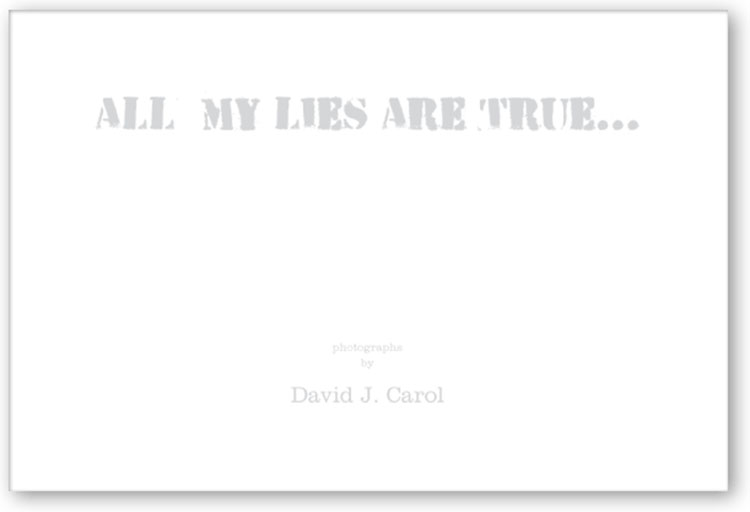






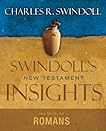 Insights on Romans by Charles R. Swindoll
Insights on Romans by Charles R. Swindoll

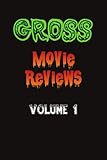
 How the Mighty Fall by Jim Collins
How the Mighty Fall by Jim Collins In Case of Armageddon, Break Glass
In Case of Armageddon, Break Glass
 The readers have it! You asked for give away, and you got it. I went over to Random.org and plugged in the mere 4 people who commented– that gave you guys a one in FOUR chance. Odds were so good!
The readers have it! You asked for give away, and you got it. I went over to Random.org and plugged in the mere 4 people who commented– that gave you guys a one in FOUR chance. Odds were so good!
 Cross Examination, by Lee Strobel, (Grand Rapids:Zondervan, 1998,2006). 56 pages reviewed.
Cross Examination, by Lee Strobel, (Grand Rapids:Zondervan, 1998,2006). 56 pages reviewed.
 Book Review:
Book Review:  I started reading Jaron Lanier’s You Are Not A Gadget: A Manifesto tonight and gobbled up the first chapter… Seriously, I inhaled it. It smacks of being written by an individual who knows what he’s talking about, and has something very important to tell us about the future of the web. Most welcome about Lanier’s book is that he sets out to challenge the most optimistic of technophiles regarding the inevitability of technology. That is, the world we live in was not written in advance, and it is not the result of abstract technological progress. Rather, it is the result of human beings and human decisions. (For example, whatever one thinks about a TV show like Dragon’s Den, at least it demonstrates that technologies do not just drip off the linear time line of progress, but depend on whether someone can be compelled to fund them.) On this theme, Lanier warns us that some “so-called web 2.0. ideas are stinkers, so we ought to reject them while we can”.
I started reading Jaron Lanier’s You Are Not A Gadget: A Manifesto tonight and gobbled up the first chapter… Seriously, I inhaled it. It smacks of being written by an individual who knows what he’s talking about, and has something very important to tell us about the future of the web. Most welcome about Lanier’s book is that he sets out to challenge the most optimistic of technophiles regarding the inevitability of technology. That is, the world we live in was not written in advance, and it is not the result of abstract technological progress. Rather, it is the result of human beings and human decisions. (For example, whatever one thinks about a TV show like Dragon’s Den, at least it demonstrates that technologies do not just drip off the linear time line of progress, but depend on whether someone can be compelled to fund them.) On this theme, Lanier warns us that some “so-called web 2.0. ideas are stinkers, so we ought to reject them while we can”. It is nice being reminded, in an age that espouses the virtues of fragmentation and the power of the crowd, that personal expression and depth still matter. In a tone uncharacteristic of popular-technology books Lanier begs us to recognize that being a person is “not a pat formula, but quest, a mystery, a leap of faith”. As such, we ought to seek out “the edge of mystery, to ponder the things that can’t quite be defined – or rendered into a digital standard”. It is important that we decide now whether the type of communicative experience we want ‘locked in’ is the 2.0. one symbolized by Facebook, Twitter and Google. Offering a humanistic alternative to “antihuman way[s] of thinking” is one that I share with Lanier, and it has been a theme running through nearly all of the posts on Cybject.
It is nice being reminded, in an age that espouses the virtues of fragmentation and the power of the crowd, that personal expression and depth still matter. In a tone uncharacteristic of popular-technology books Lanier begs us to recognize that being a person is “not a pat formula, but quest, a mystery, a leap of faith”. As such, we ought to seek out “the edge of mystery, to ponder the things that can’t quite be defined – or rendered into a digital standard”. It is important that we decide now whether the type of communicative experience we want ‘locked in’ is the 2.0. one symbolized by Facebook, Twitter and Google. Offering a humanistic alternative to “antihuman way[s] of thinking” is one that I share with Lanier, and it has been a theme running through nearly all of the posts on Cybject. Years of Dust by Albert Marrin
Years of Dust by Albert Marrin
 The residents of Daphne Wood return in the second book of Chris Wardle’s Tinfish series, Mr. Choli’s River Trip.
The residents of Daphne Wood return in the second book of Chris Wardle’s Tinfish series, Mr. Choli’s River Trip.
 description of the era, I felt like I was there. I was pulled not only into the personal aspects of the book, but the time period as a whole.
description of the era, I felt like I was there. I was pulled not only into the personal aspects of the book, but the time period as a whole. 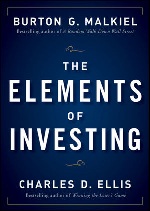 Whenever people ask me where they can learn more about Couch Potato investing, I need to answer carefully. Two classic books are Burton Malkiel’s A Random Walk Down Wall Street and Charles Ellis’s Winning the Loser’s Game, but for someone who just wants the basics, without a lot of graphs and unfamiliar terms, neither title would be my first choice. Fortunately, these two giants have teamed up to write a quick-and-dirty primer on smart investing that any newbie can read in a couple of well-spent hours.
Whenever people ask me where they can learn more about Couch Potato investing, I need to answer carefully. Two classic books are Burton Malkiel’s A Random Walk Down Wall Street and Charles Ellis’s Winning the Loser’s Game, but for someone who just wants the basics, without a lot of graphs and unfamiliar terms, neither title would be my first choice. Fortunately, these two giants have teamed up to write a quick-and-dirty primer on smart investing that any newbie can read in a couple of well-spent hours. I recently received The Voice New Testament Bible published by Thomas Nelson. Initially in my reading I wasn’t sure I would like this Bible at all. I like direct translations. I trust them. The Voice is a retelling, it is not a literal translation.
I recently received The Voice New Testament Bible published by Thomas Nelson. Initially in my reading I wasn’t sure I would like this Bible at all. I like direct translations. I trust them. The Voice is a retelling, it is not a literal translation.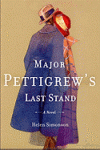

 Nothing ever happens in the small town of Marlo . . . until the residents begin seeing their private conversations posted online for everyone to read. Then it’s neighbor against neighbor, friend against friend, as paranoia and violence escalate. The police scramble to identify the person responsible for the posts and pull the plug on the Website before it destroys the town. But what responsibility do the people of the town have for the words they say when they think no one is listening? Life and death are in the power of the tongue.
Nothing ever happens in the small town of Marlo . . . until the residents begin seeing their private conversations posted online for everyone to read. Then it’s neighbor against neighbor, friend against friend, as paranoia and violence escalate. The police scramble to identify the person responsible for the posts and pull the plug on the Website before it destroys the town. But what responsibility do the people of the town have for the words they say when they think no one is listening? Life and death are in the power of the tongue. Book Review:
Book Review: